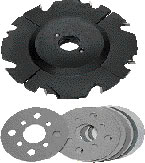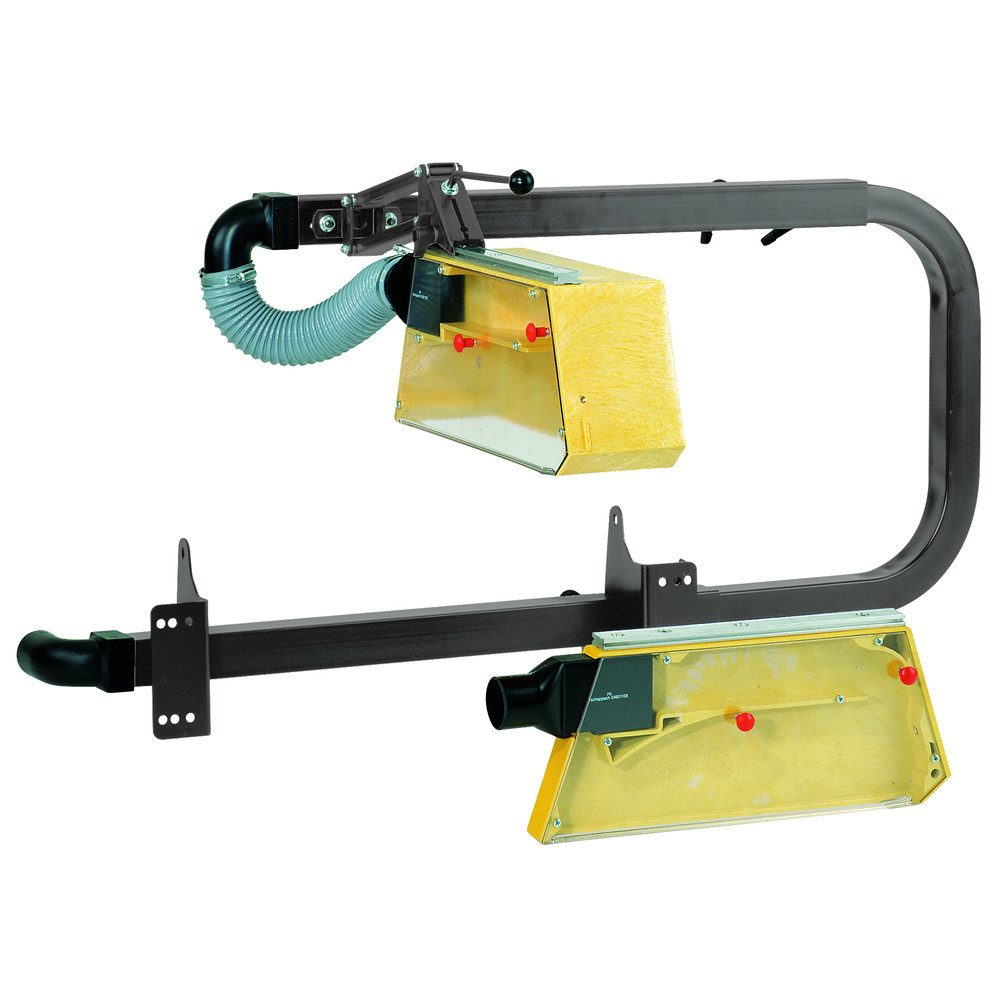skyehigh wrote:Once again we lose out because of crazy EU laws ..........
FFS. You can't have your own way so the EU are automatically to blame for being a "granny state"
Those "crazy" rules started out in the UK with the 1880 Employer's Liability Act then the 1897 Workmen's Compensation Act which were designed to protect the ordinary working man from injury at work by making employers liable for the safety of their workers. They gradually developed to encompass safety aspects of machinery design - and woodworking machinery came into the scope because it is one of the more dangerous categories of equipment. Over more than a century, both here and in other countries, notably Germany, they've been built on to provide a modicum of protection to the workman - in conjunction, I might add, with the insurance companies and the trades unions. As a tradesman I might rail against the regs at times, but in general I have to admit that they are designed for my safety and overall they seem to work (as witnessed by falling accident rates over the last 40 odd years since we started to unify our approach with the rest of the EU). The Provision and Use of Work Equipment Regulations 1998 (PUWER), which incorporated much input from the UK trade sector, is what you are actually railing against - but from my reading of them they don't really ban anything specific (unlike the 1974 Woodworking Machinery Regulations which did). What they do, however, is to place a duty of care on manufacturers and employers to supply and/or furnish
safe equipment - and an unguarded multiple saw blade with open gullets (i.e. a non-chip limiter design "dado" head) as routinely usd by American
amateurs cannot possibly be regarded as safe. Hence most suppliers avoid them like the plague in the EU. In the USA the burden of proof is somewhat different and it has to be said that they have a higher rate of amputational injury amongst "weekend warriors" than we do, probably because they have a higher percentage of folk with the disposable income to purchase the equipment in the first plavce, but secondly because there is a higher percentage of people using kit they don't understand. The situation is a lot like giving kids access to small motorbikes without supervision IMHO
skyehigh wrote:Statistics show plenty of table saw injuries not involving dado blades
Indeed they do, but I feel that you are misquoting the stats. I managed to cut a neat (actually the surgeon used the word "ragged") little groove down to and into the tendon on a finger a while back. Had I had the same accident with a stacked saw dado head I wouldn't have a finger left to repair, and because of the width of a dado head it might have been more than one finger. Contact between a hand and a stacked saw dado head quickly converts the hand into sausage meat..... The reality is that when I started, about 40 years ago, trenching and dado heads were already generally used on crosscut or radial saws rather than table saws saws because they were easier to guard and considered much safer. Then only shops using them on table saws even back then were generally small, ill-equipped and under-financed. That trend has continued, which is why there are so few trade injuries caused by dado heads (in the trade) these days
skyehigh wrote:... but so far i have not seen any involving these blades that have been used in US for decades .
As I said, trenching and dado heads are nothing new, having been in common and widespread use before WWI in the UK, although we Brits tended to favour proper expanding trenching heads like these:

- Wadkin trenching head cc2_zpsdcb20b35.jpg (55.45 KiB) Viewed 13910 times
and I can attest to the high quality of cuts they were capable of, but they weren't lightweight and so they could never be used on a lightweight saw because they'd wreck the bearings in all probability. One of the nice features was that they produce a proper chip as opposed to sawdust, but boy can they be noisy. Of course these are now illegal because of their non-chip limiter design and the method of securing the cutters which occasionally resulted in a tip ejection, but the modern equivalent is tooling like this Scheppach 2-part trenching/grooving head:

- Scheppach Trenching Head.jpg (7.75 KiB) Viewed 13910 times
works just as well and has the twin advantages of being a lot quieter and well as having a chip limiter design. Note the limited gulley depth and circular saw body which tend to eject foreign bodies, like hands, rather than hooking them and drawing them in like a stacked saw dado head would:

- Stacked saw dado set.jpeg (17.88 KiB) Viewed 13910 times
(Note: this is an "exploded" view to illustrate the shape of the rakers) Obviously a trenching head or dado set in a small table saw requires an adequate guard, such as this Scheppach model:

- Scheppach crown guard.jpg (119.25 KiB) Viewed 13910 times
Whilst Scheppach and Felder/Hammer have designed kit to use trenching heads (with appropriate guarding) most of the lightweight manufacturers haven't. Equally they ir manufacturers haven't seen fit to spend the money on providing an adequate braking system capable of stopping the extra weight of a dado head in 10 seconds. It's more likely tht it's these aspects which are behind the decision of manufacturers not to fit long arbosr in the EU - something the GBW article misses.
So I'd say if you don't like the rules, then man up and either move to the USA or stump-up the money to buy the right equipment to use trenching heads (it is available) - equipment which has been designed to use a properly designed grooving head with competent guarding as opposed to buying a cheap saw which can't do the job then bellyaching about its' shortcomings. Whatever you do, though, try to understand that there are genuine and long term safety concerns about the use of this type of head and that that current legislation has come about at the heavy cost of many amputations and mutilations to working joiners in the past